-
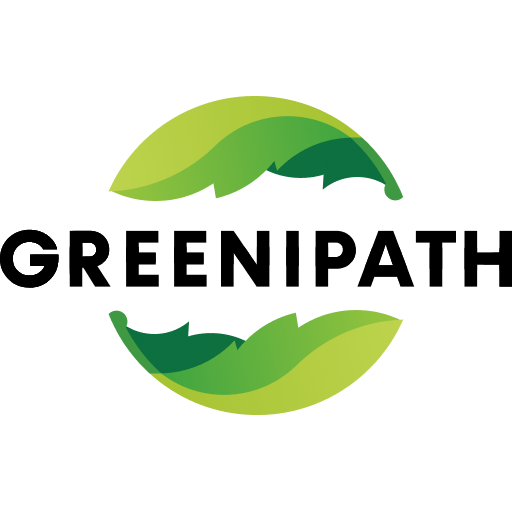 Icon List Item
Icon List Item
-
Icon List Item
-
 Icon List Item
Icon List Item
- Cambodia
Project Snapshot
Real Climate Action Improving Real Live
1,4 Mio. tons
CO2 Emissions avoided per year
25.000 hectare
Forest saved from deforestation
84
Globally threatened species are safeguarded
Verified. Trusted. Backed by the UN.
To ensure that every credit protects the planet, this project is certified by Verra’s Verified Carbon Standard, one of the world’s leading carbon registries, recognized by the United Nations.
Impact Beyond Sustainability
This project goes further than sustainability and also supports the following Sustainable Developement Goals:

Aims to end poverty in all its forms everywhere.
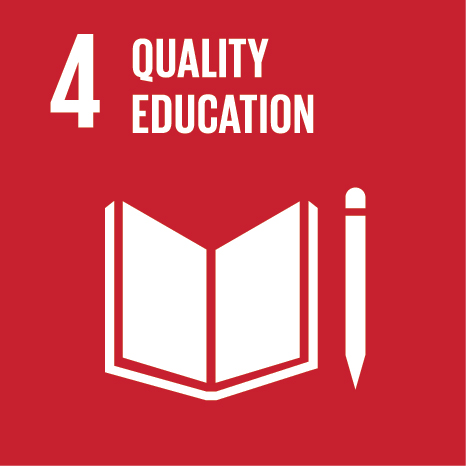
Provides inclusive and quality education for everyone.
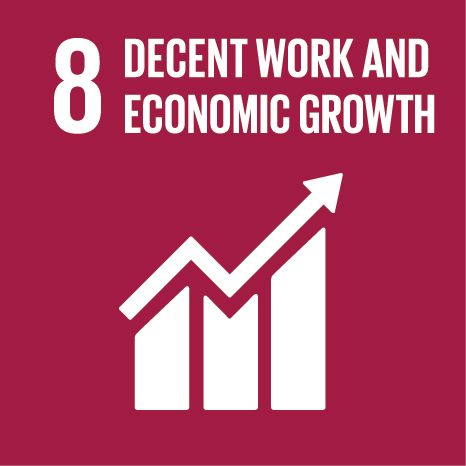
Creates jobs and drives sustainable economic growth.
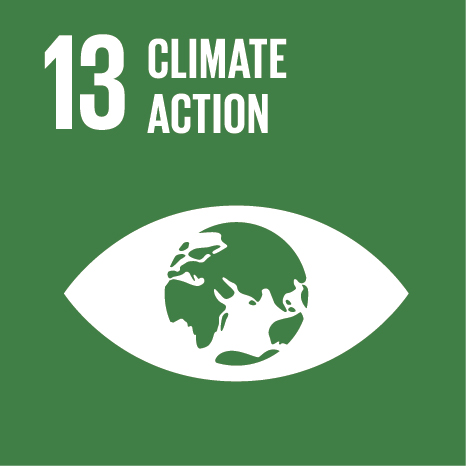
Combats climate change and its effects.
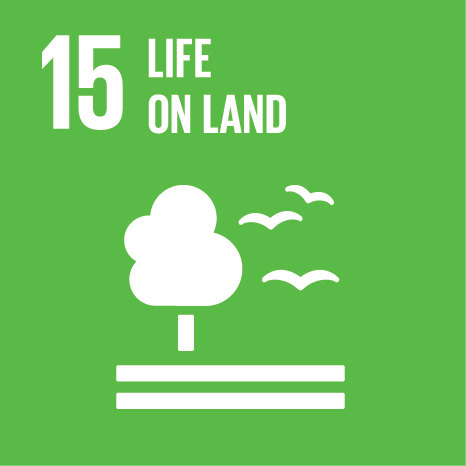
Safeguards ecosystems, forests, and biodiversity.
A rainforest under threat
In Cambodia’s eastern frontier, Keo Seima Wildlife Sanctuary shelters towering forests, elephant trails, and the ancestral lands of the Bunong people. But during the 2000s, this rainforest faced relentless pressure from illegal logging, land concessions, and agricultural expansion.
The consequences were stark. Habitat for 84 globally threatened species shrank, fewer than 500 endangered Asian elephants remained in Cambodia, and unique primates like the black-shanked douc langur lost their last safe refuges. Without intervention, deforestation would have released an estimated 1.4 million tonnes of CO₂ into the atmosphere every year.
For Bunong communities, forest stewards for generations, land insecurity and speculation threatened both cultural survival and livelihoods. One of Asia’s last great rainforests risked being lost.
A partnership for protection
In 2010, the Royal Government of Cambodia and the Wildlife Conservation Society launched the Keo Seima Wildlife Sanctuary REDD+ Project. The goal: to keep the forest standing by valuing its carbon, biodiversity and cultural heritage.
The REDD+ model shifts incentives away from logging. By avoiding unplanned deforestation, the project generates verified carbon credits under the Agriculture, Forestry and Other Land Use (AFOLU) category. These credits provide revenue to support conservation and communities.
Today, rangers patrol 166,983 hectares within the 292,690-hectare Seima Protection Forest, enforcing laws, preventing illegal clearing and removing snares. Community teams secure land titles, run literacy programmes, and build alternative livelihoods in ecotourism, small farms and savings groups.
More than US$1 million in revenue from carbon credits has already flowed back into Bunong villages, funding education, healthcare, wells and bridges.
Demonstrated results and lasting benefits
Climate impact
The project has prevented more than 20 million tonnes of CO₂e emissions to date, equivalent to removing millions of cars from the road. Each year, it continues to avoid about 1.43 million tonnes of CO₂e. With a crediting period running until 2069, the project ensures decades of verified climate benefits.
Biodiversity and forest protection
Keo Seima protects 166,983 hectares of biodiverse forest. Anti-poaching patrols have removed thousands of snares and curbed illegal land conversion. The sanctuary safeguards 84 globally threatened species, including 41 threatened vertebrates—among them four critically endangered and 14 endangered species. Populations of elephants, black-shanked douc langurs and yellow-cheeked gibbons now have a refuge.
Community empowerment
Over 12,000 Bunong people from 20 villages are engaged in the project. Communal land titles strengthen indigenous rights and reduce landlessness. Education initiatives provide literacy and numeracy training, opening opportunities for off-farm employment. Alternative livelihoods include ecotourism ventures such as the Jahoo Gibbon Camp, market gardens and community savings groups.
The Cash for Communities program channels carbon revenue directly into Bunong villages, supporting infrastructure and self-determination.
Wellbeing and cultural resilience
Beyond income, the forest itself sustains 2,500 households, about 12,500 people, by providing clean water, traditional foods, and medicinal plants. By protecting land tenure and cultural identity, the project strengthens both social stability and ecological stewardship.
Why it matters
For Bunong families, the project means land rights, new income opportunities and stronger cultural identity.
For children, it means literacy programmes and access to schools funded by carbon revenue.
For forests, it means one of Asia’s richest ecosystems remains intact.
For the climate, it means verified protection of millions of tonnes of carbon.
Keo Seima demonstrates that conservation, climate action and community prosperity can reinforce one another.
How you can help
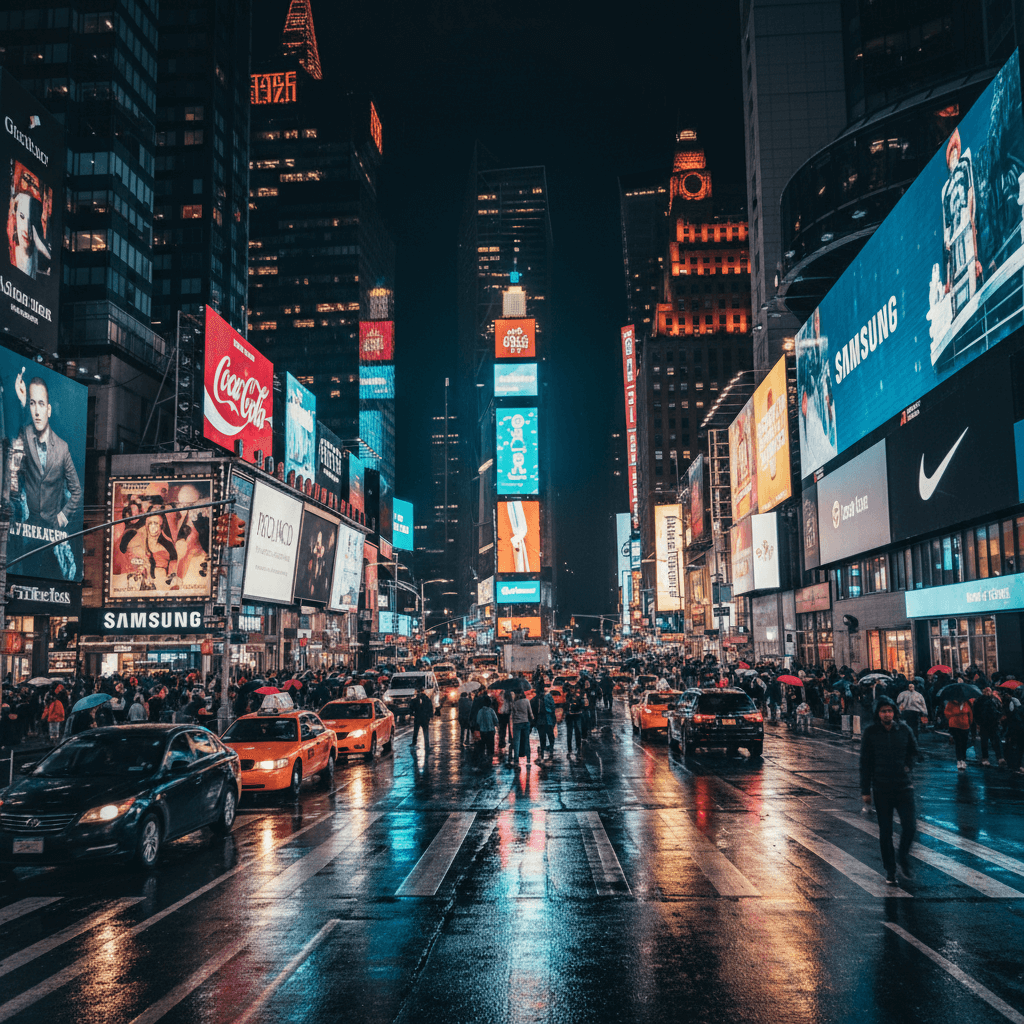
For Brands
Support projects like this by implementing the Puriphy Widget

For People
Start funding projects like this one with Puriphy
Want to dive deeper into this Project?
















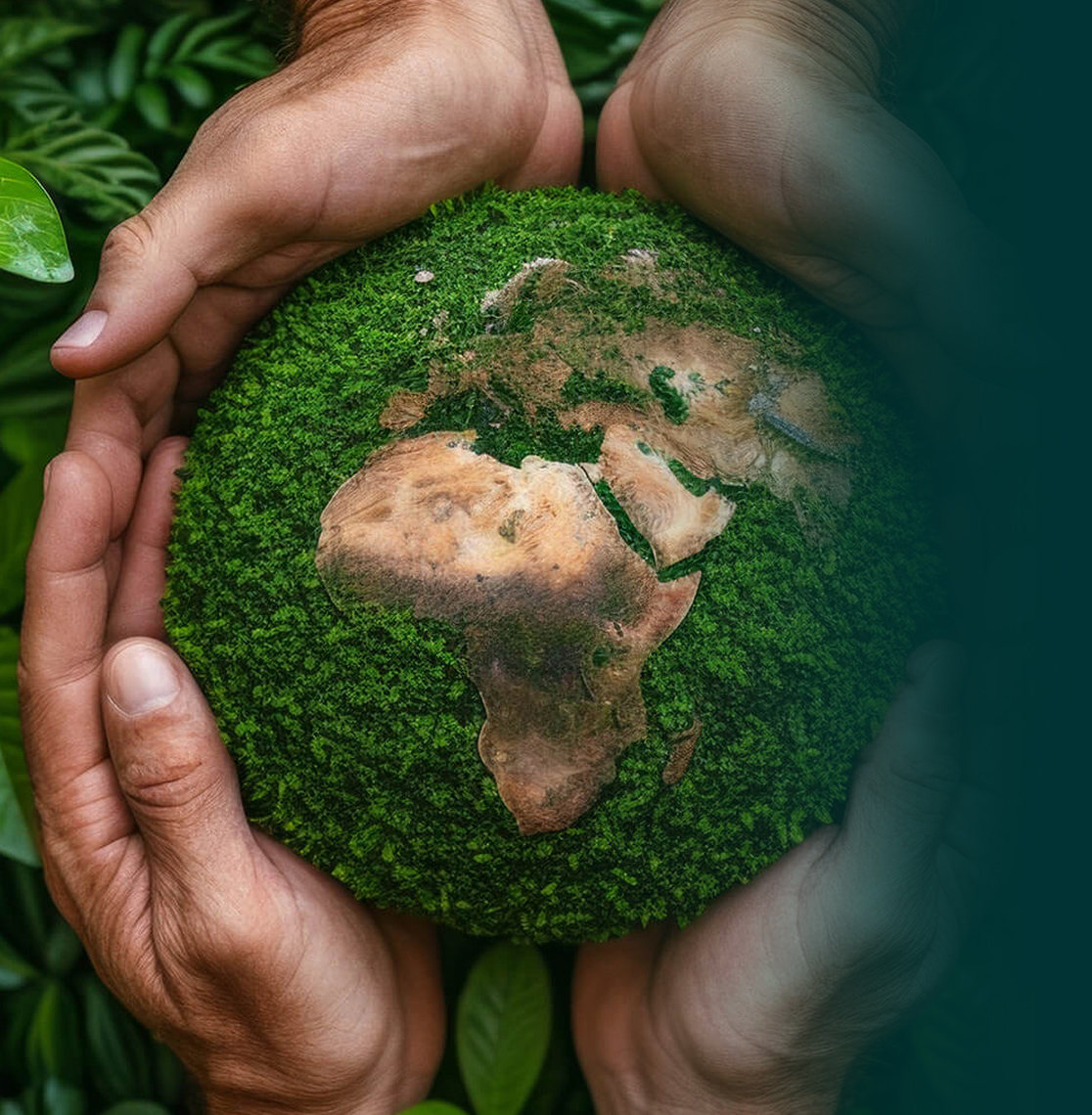
Be an Early Partner and Enjoy Lifetime Benefits
Join now and secure free access to our platform forever. Early partners get lifetime collaboration at zero cost, priority support, and exclusive access to new features as we grow together.
